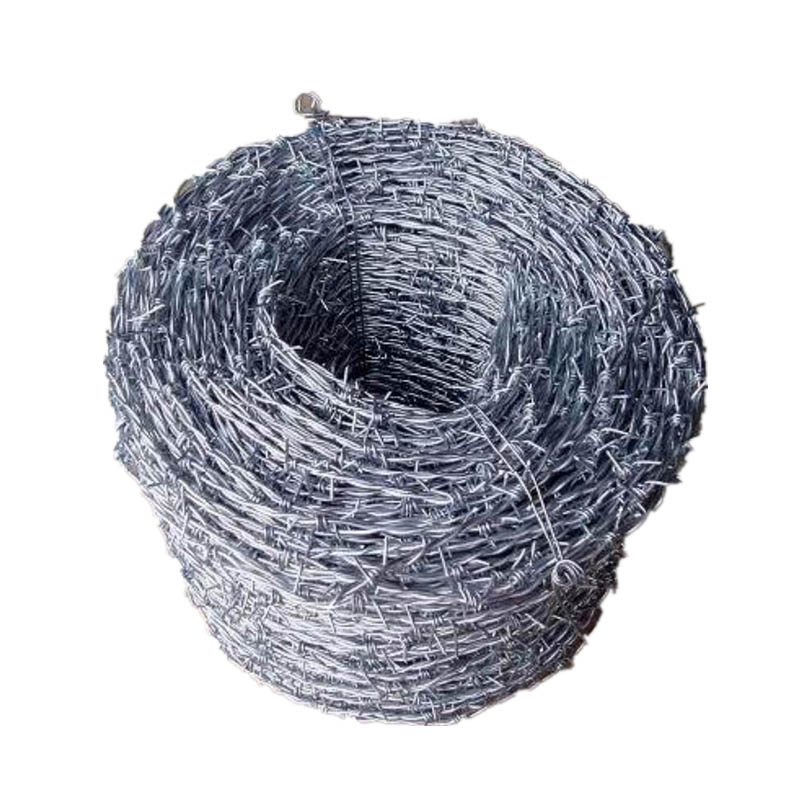
- Mobile Phone
- +8613931874955
- sales@cntcmetal.com
Innovative Dowel Bar Design Featuring Sleeve for Enhanced Structural Stability and Performance
Dowel Bars with Sleeves Enhancing Joint Performance in Pavement Engineering
In the realm of pavement design and construction, achieving durability and longevity is of utmost importance. Among the various techniques employed to connect concrete slabs and ensure their stability, the use of dowel bars with sleeves has emerged as an innovative and effective solution. This method not only addresses the challenge of shear transfer between adjoining slabs but also provides added protection against environmental impacts, making it a valuable asset in modern pavement engineering.
Understanding Dowel Bars
Dowel bars are cylindrical steel rods embedded in joints between concrete slabs, primarily to facilitate load transfer. They help to maintain alignment and prevent slippage of the slabs, which is critical in minimizing the formation of cracks. Traditional dowel bars can sometimes lead to issues such as corrosion and restricted movement due to the rigidity of their connections. This is where the concept of dowel bars with sleeves comes into play.
The Role of Sleeves
Sleeves are hollow casings that encase the dowel bars, allowing for horizontal movement while securing vertical stability. This innovative design enables the concrete slabs to expand and contract freely with temperature variations without compromising the structural integrity of the pavement. By reducing friction between the dowel bars and the surrounding concrete, sleeves significantly increase the lifespan of the dowel system and minimize the potential for damage.
Advantages of Dowel Bars with Sleeves
dowel bar with sleeve

1. Enhanced Load Transfer The primary function of dowel bars is to transfer loads across joints, and with sleeves, this process becomes even more efficient. The sleeves allow for aligned but flexible movement, improving the load distribution characteristics as the slabs adjust to load changes.
2. Corrosion Resistance One of the major drawbacks of traditional dowel bars is their susceptibility to corrosion, especially in environments exposed to de-icing salts or water. Using sleeves made from durable materials can significantly enhance corrosion resistance, ensuring the dowel bars remain functional for longer periods.
3. Reduction of Cracking By allowing the slabs to move more freely, dowel bars with sleeves help in reducing stress concentrations that can lead to cracking. This flexibility is essential in avoiding joint failure and extending the overall life of the pavement.
4. Ease of Installation The installation process of dowel bars with sleeves can be streamlined, reducing labor costs and time on site. The pre-formed sleeves can be easily adjusted during installation, ensuring accurate placement without the complexities associated with traditional methods.
5. Improved Maintenance and Durability Pavements constructed with dowel bars and sleeves tend to require less maintenance over time. Their design minimizes the occurrence of joint spalling and other common pavement failures, which can be economically advantageous in large-scale projects.
Conclusion
Dowel bars with sleeves represent a significant advancement in pavement engineering, addressing the need for improved load transfer and structural integrity across concrete joints. As infrastructure demands grow and environmental challenges become more prominent, the implementation of innovative solutions like these will be crucial. By enhancing the durability and lifespan of pavements, engineers can ensure safer and more reliable roadways for the future. Such advancements not only contribute to the efficiency of construction practices but also reflect a conscious effort towards sustainable engineering in response to today’s challenges.
share:
-
Your Source for Concrete Wall Ties and Masonry AccessoriesNewsJul.10,2025
-
Unlocking the Power of Iron Wire for Every ProjectNewsJul.10,2025
-
Explore Advanced Chain Wire and Stainless Steel Mesh FencingNewsJul.10,2025
-
Discover the Benefits of Annealed Wire ProductsNewsJul.10,2025
-
Discover China Stainless Steel Wire Mesh SolutionsNewsJul.10,2025
-
Build with Confidence Using High-Performance Masonry AccessoriesNewsJul.10,2025
-
Why Sacrificial Formwork Is Redefining Underground ConstructionNewsJun.06,2025



















